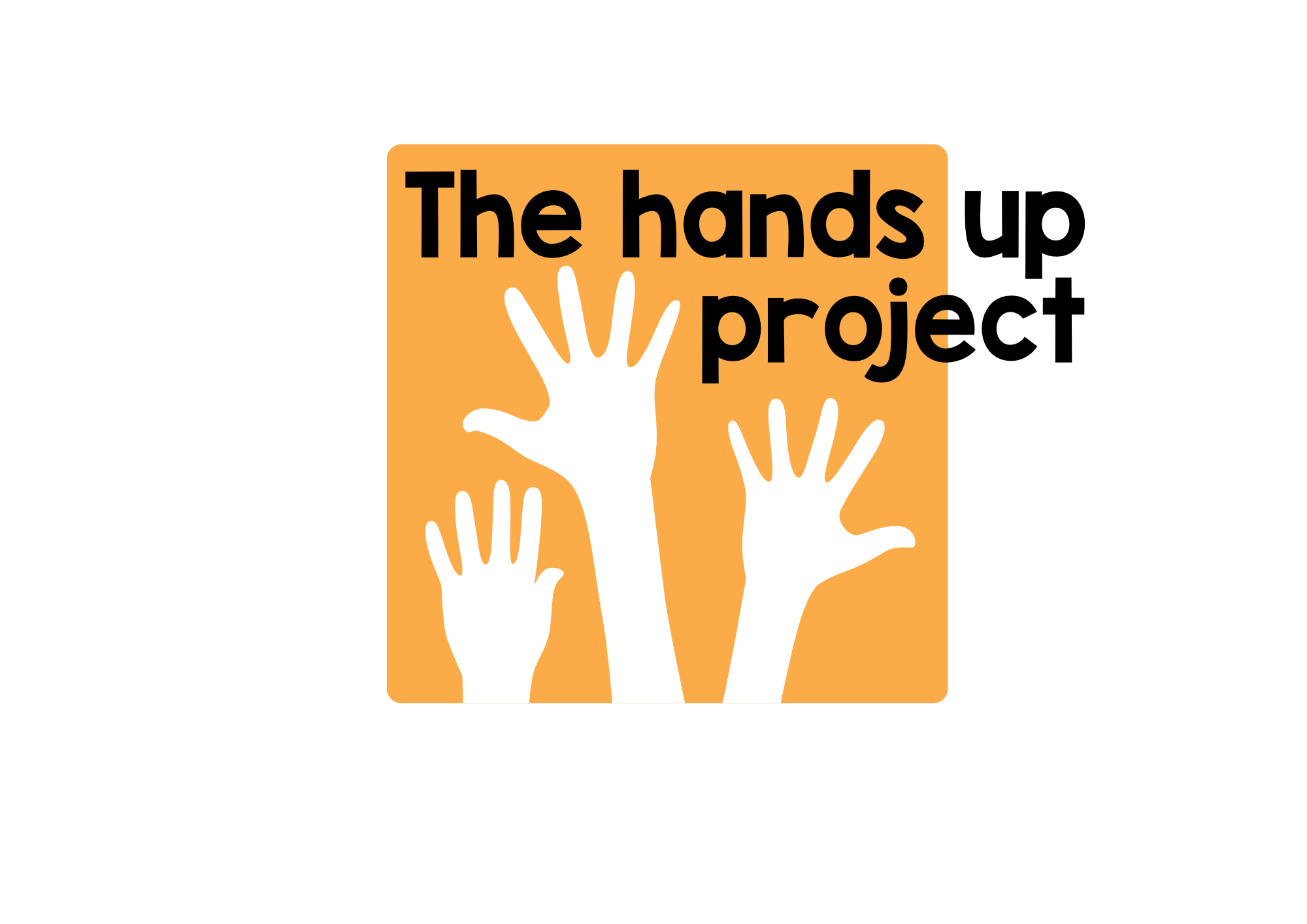Dramatic Drilling
I've often had my doubts about the value of choral drilling in language teaching. I've observed so many classes around the world (and taught many of them myself!) where students are supposed to be replicating a model from the teacher in a choral drilling exercise. In reality however, most learners aren't even getting close to the model and even if they are I wonder whether there is actually any learning going on. As far as I see it the main problems with drilling as as follows :-
- If the teacher is just drilling individual words or short chunks there isn't really any requirement to process the language at all. Learners don't need to temporarily store the language items in working memory in order to repeat, and can simply use echoic memory to do so. Therefore the cognitive challenge, and consequently the learning, may be very limited.
- Items to be drilled are often completely devoid of context. Why is the utterance being said? Is it a response to something? This information is important to make drilled items more meaningful to learners.
- In a large class when everyone is repeating at the same time, how can the teacher or, more importantly the learners themselves, even hear whether they are saying the utterance accurately? This means that some learners can get away with doing nothing, or even pretend to say something just to keep the teacher happy.
- Unless there is an explicit focus on how to make particular sounds, or connected speech or stress patterns etc, can learners even notice these features by simply trying to imitate another person? Perhaps they just fall back on their own ways of saying things.
- The way that we say things affects meaning greatly and yet most drilling doesn't really have a focus on meaning at all. It is purely an exercise in parroting.
- We use our whole bodies when we speak - not just our mouths - and yet physicalisation and gesture is rarely incorporated into drilling exercises.
- If utterances are intelligible then there isn't really much of an incentive for learners to make their pronunciation more accurate and or or more fluent. It's perhaps only when breakdowns in communication occur that learners see a need to address pronunciation issues. Drilling, because it's basically non-communicative, doesn't provide affordances for this to happen.
On the other hand, the central idea behind drilling – that of encouraging learners to process and reproduce a stretch of spoken language after a model from a more advanced speaker -may be a very useful element of good teaching and learning. It's something which happens naturally in interaction between parents and children within L1, and it certainly happens to me a lot when I'm talking to people who are more advanced speakers of the languages I'm learning. As a language learner I value this a lot.Many teachers in Palestine are currently helping their learners to rehearse their lines for their plays for this year's competition. The kind of drilling which occurs here, with the teacher giving one-on-one models to each learner of their lines may avoid some of the problems with choral drilling that I've mentioned above. In the video below you can see this happening as Lina, in Zaatari refugee camp in Jordan, rehearses her lines for the play 'Lemon and mint'. The big difference for me is that she's repeating after me not just because I'm telling her to, but in order to get the best possible performance in the play. This type of drilling is fully contextualised, meaningful, physicalised and, above all, personalised to the needs of an individual.https://youtu.be/4_4pUjkwCeQ
